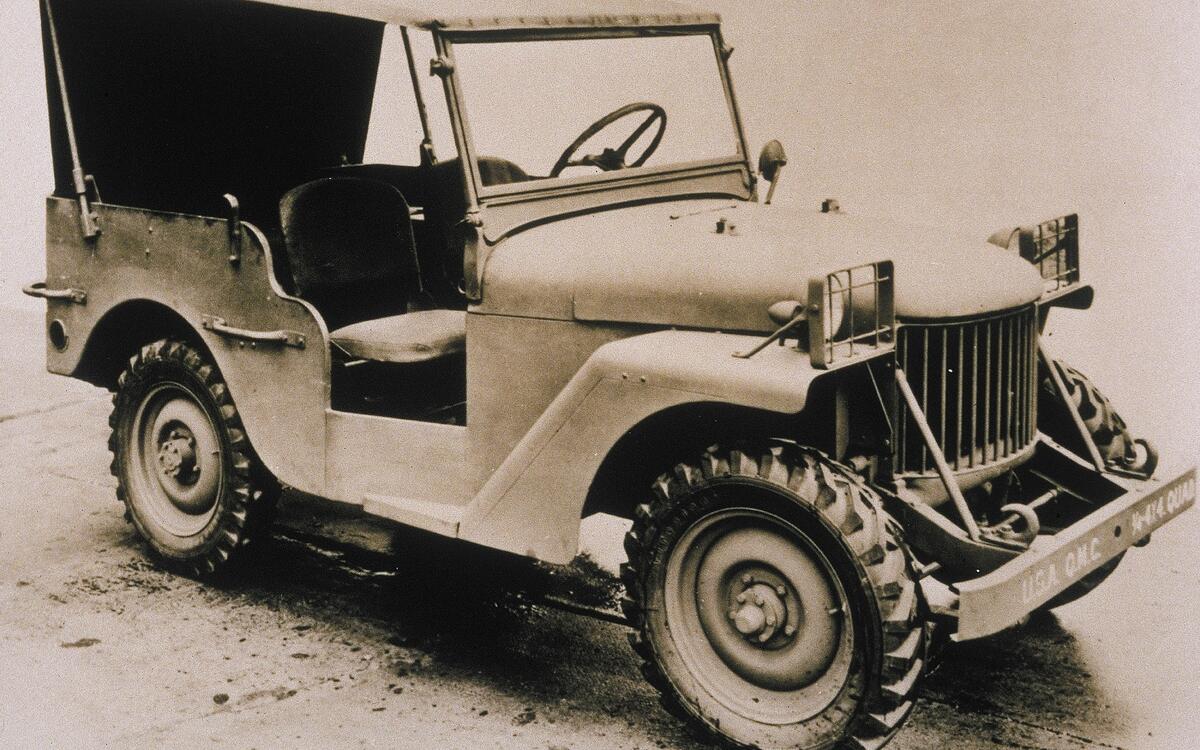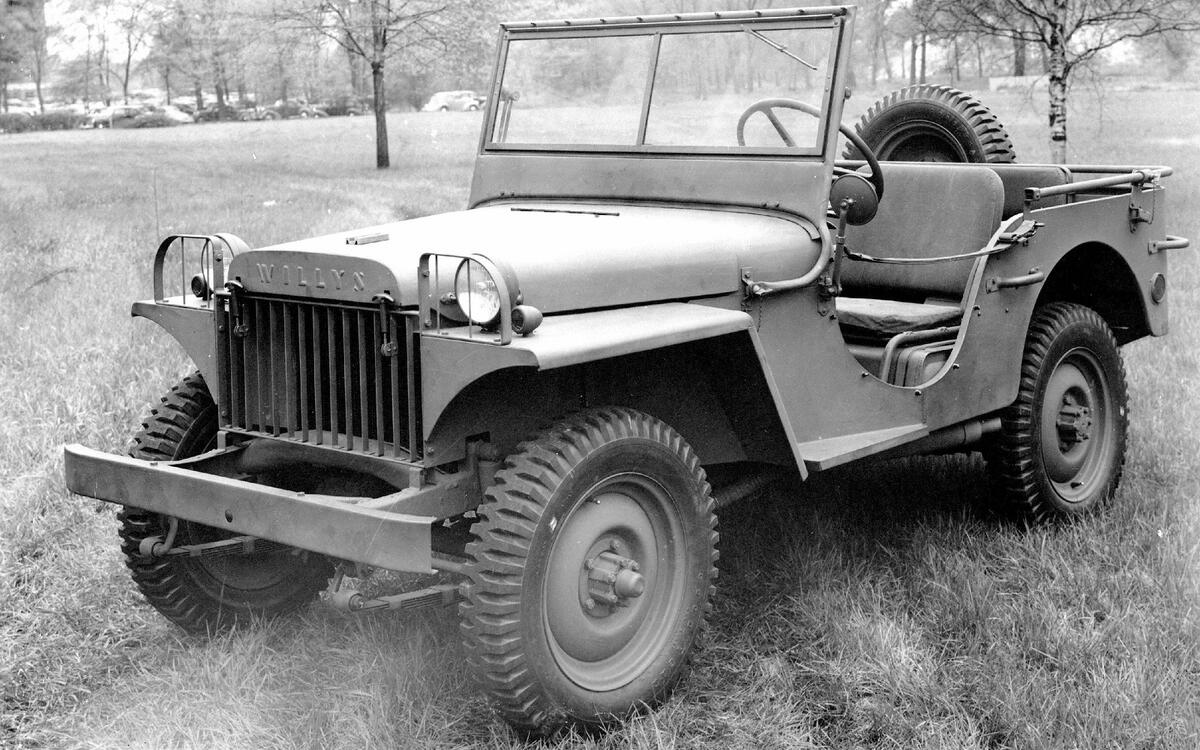June 6, 1944, was secretly designated as D-Day.
Allied forces launched an unprecedented naval, air and land offensive called Operation Overlord to liberate France, which was occupied by Germany. The campaign began on the beaches of Normandy. Grit and courage played a decisive role in pushing back German forces but the task would have been considerably more complicated without the help of a then-new vehicle nicknamed Jeep.
Today, Jeep has morphed into a brand that stands proud as one of the crown jewels of parent company Stellantis. Jeep almost didn’t exist, though. Join us for a look at where it comes from, and the important role it played in the Second World War:
Bantam, Ford or Willys?

In 1940, a year before the United States officially entered the Second World War, three companies frantically designed, built and tested experimental light-duty utility vehicles that could help soldiers navigate battlefields around the world should the government decide to intervene. The US government promised the winner a lucrative, multi-year manufacturing contract but Willys-Overland, Ford and Bantam Car Company were also motivated by national pride.
Even on paper, the project was relatively complicated. The vehicle needed to offer four-wheel drive and carry a three-person crew within a 75in (1905mm) wheelbase, though that figure was later stretched to 80in (2032mm). Its track couldn’t exceed 47in (1194mm), its windscreen needed to fold down to make it easier to transport, and it needed to carry at least 660lbs (299kg). Finally, it couldn’t weigh more than 1300lbs (590kg) and the Army asked for an engine with at least 85lb ft of torque. These guidelines shaped the Quad (pictured), the original Jeep prototype.
From the Quad to the MA

Designed, allegedly for free, by freelance engineer Karl Probst (1883-1963), Bantam’s Blitz Buggy ticked all of the aforementioned boxes and the firm very nearly received the contract. However, the Army worried the company wouldn’t be able to quickly deliver the volume it needed; Bantam had financial problems.
After kicking Bantam out of the race, and after raising the weight limit to 2160lbs (980kg), the American government asked Ford and Willys to deliver 1500 prototypes each so that they could be tested in real-world conditions. The Willys Quad became the MA (pictured); the Ford Pygmy morphed into the GP. Willys secured the contract in July 1941 because its MA was more powerful than the GP and cheaper to build.
Related News

